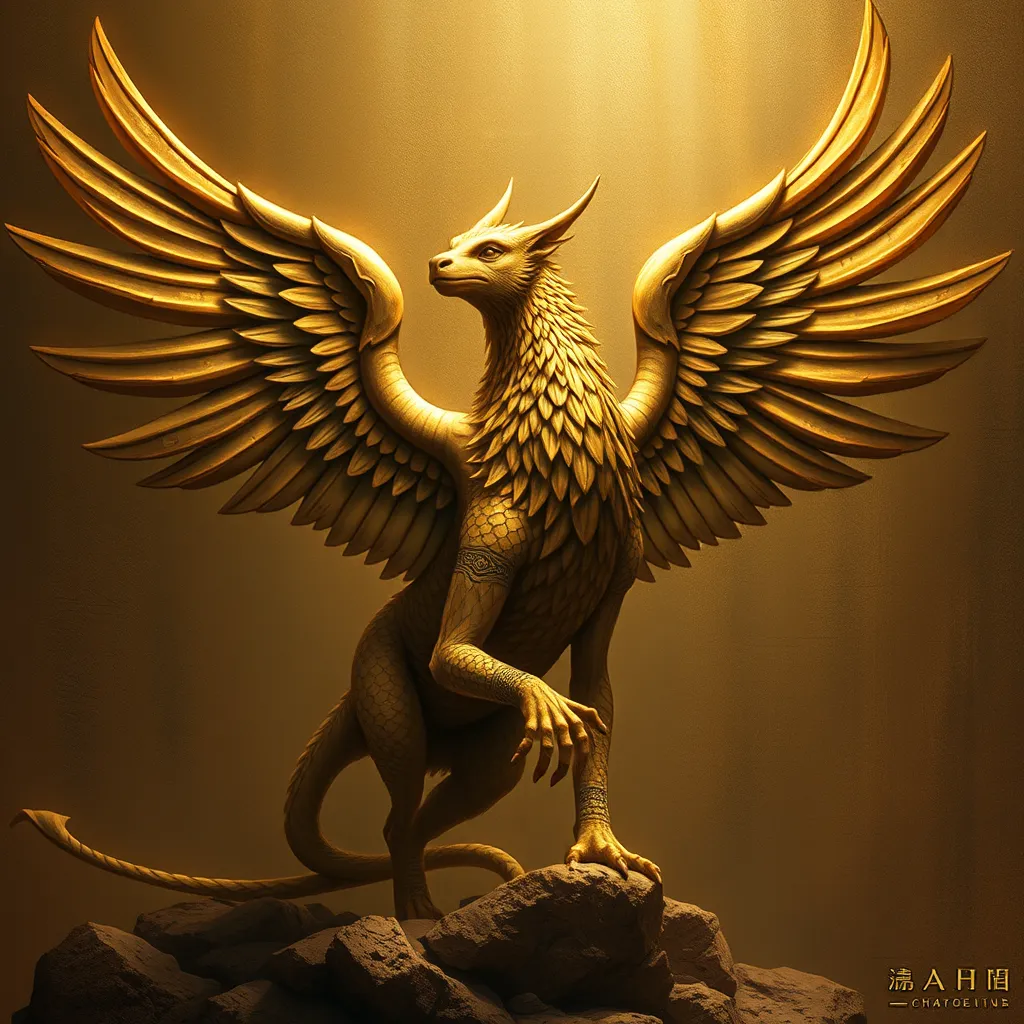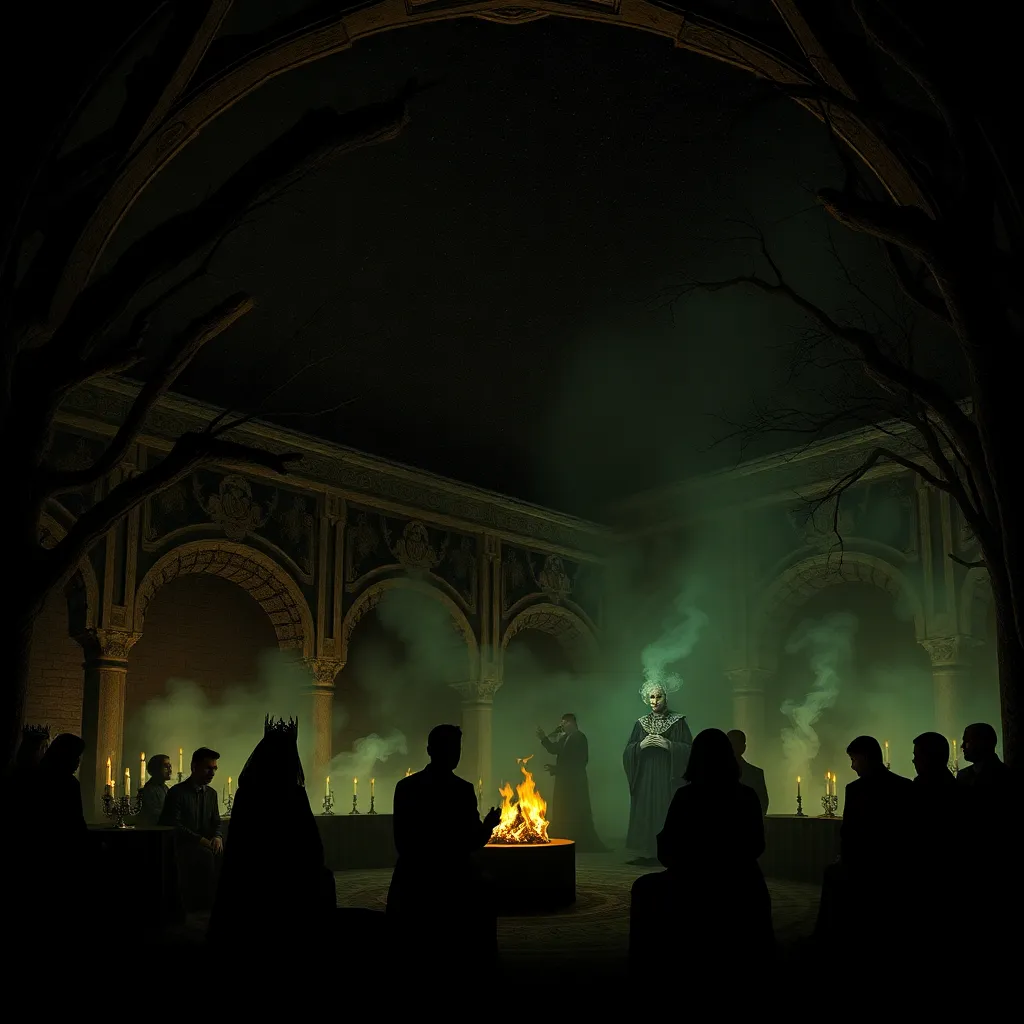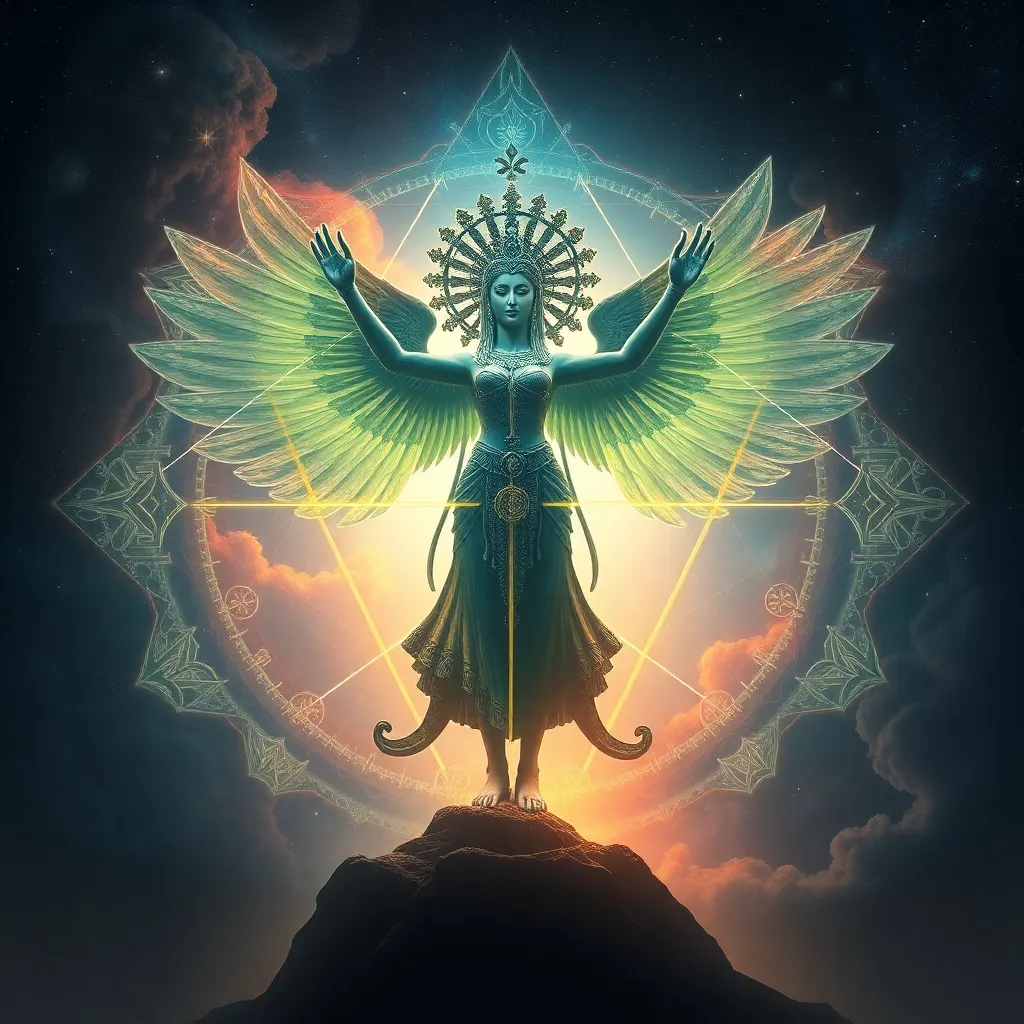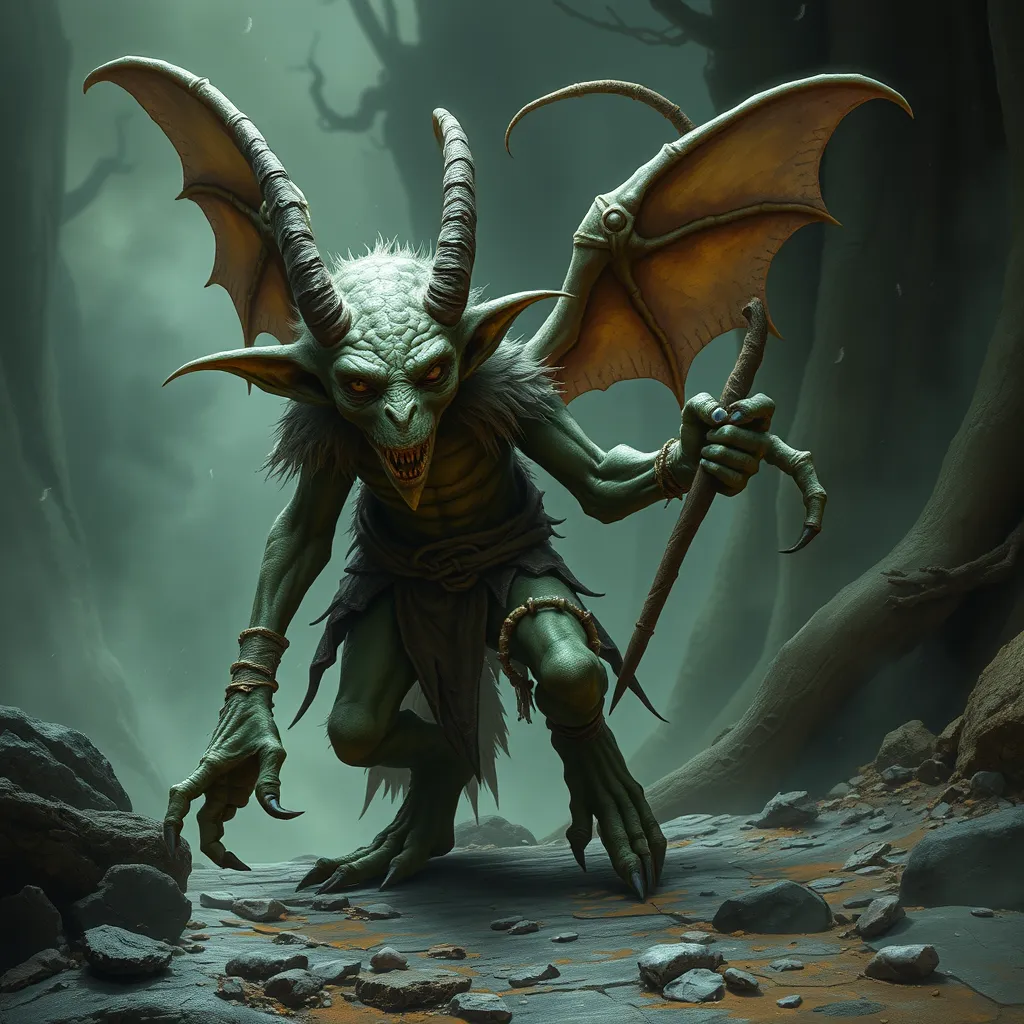The Griffin’s Impact on Egyptian Mythology: A Case Study in Cultural Exchange
I. Introduction
The Griffin is a legendary creature with the body of a lion and the head and wings of an eagle. It is often depicted as a majestic and powerful being, symbolizing strength and divine protection. The Griffin has captivated the imagination of various cultures throughout history, serving as a bridge between the terrestrial and the celestial.
Egyptian mythology is rich and complex, featuring a pantheon of gods, goddesses, and mythical creatures. It embodies the beliefs, traditions, and values of ancient Egyptian civilization, playing a crucial role in their understanding of the universe and their place within it. The purpose of this article is to explore the cultural exchange between the Griffin’s origins and its subsequent influence on Egyptian beliefs and mythology.
II. Historical Context of the Griffin
A. Origins of the Griffin in Ancient Civilizations
The Griffin’s origins can be traced back to ancient civilizations such as the Sumerians and the Hittites, where it was depicted as a guardian of treasures and sacred places. The creature was often associated with royalty and divine authority, embodying the qualities of both the king of beasts and the king of the air.
B. The Griffin in Greco-Roman Culture
In Greco-Roman culture, the Griffin became a prominent symbol of power and protection. It was frequently depicted in art and architecture, such as in the decorative elements of temples and public buildings. The Greeks and Romans viewed the Griffin as a creature that guarded the divine and the sacred, reinforcing its importance in their mythological narratives.
C. The Transition of the Griffin into Egyptian Mythology
As trade routes expanded and interactions between cultures increased, the Griffin began to appear in Egyptian art and mythology. This transition was facilitated by the exchange of ideas and artistic styles, leading to a unique adaptation of the Griffin within the context of Egyptian beliefs.
III. The Griffin in Egyptian Art and Iconography
A. Representation of the Griffin in Egyptian Artifacts
The Griffin is prominently represented in various Egyptian artifacts, including sculptures, jewelry, and wall paintings. These representations often highlight the creature’s majestic features, such as its powerful wings and fierce expression.
B. Symbolism of the Griffin in Artistic Expressions
In Egyptian art, the Griffin symbolizes strength, protection, and divine guardianship. Its hybrid nature reflects the Egyptians’ belief in the interconnectedness of different realms—earthly and divine.
C. Comparison with Other Mythological Creatures in Egyptian Art
- The Sphinx: Another hybrid creature, the Sphinx combines human and lion attributes, symbolizing mystery and protection.
- Horus: A falcon-headed god representing the sky and kingship, often depicted alongside the Griffin.
- Ammit: A creature that embodies judgment and the afterlife, showcasing the diversity of Egyptian mythology.
IV. The Griffin’s Role in Egyptian Mythological Narratives
A. Integration of the Griffin into Egyptian Creation Myths
The Griffin appears in Egyptian creation myths, where it is often associated with the sun god Ra. In these narratives, the Griffin serves as a protector of the solar journey, symbolizing the balance between chaos and order in the universe.
B. The Griffin as a Guardian Figure in Egyptian Mythology
In various myths, the Griffin is depicted as a guardian of sacred spaces, such as temples and tombs. This role emphasizes its status as a protector of the divine and the afterlife, reflecting the Egyptians’ beliefs in the importance of safeguarding their spiritual heritage.
C. Analysis of Specific Myths Featuring the Griffin
One notable myth involves the Griffin’s role in the story of Osiris, where it aids in the resurrection of the god, symbolizing the triumph of life over death. This myth underscores the Griffin’s significance as a powerful ally in the cosmic struggle between good and evil.
V. Cultural Exchange Mechanisms
A. Trade Routes and Their Role in Cultural Exchange
The establishment of trade routes between Egypt and neighboring civilizations facilitated the exchange of ideas, beliefs, and artistic styles. Goods were transported across these routes, bringing with them not only material wealth but also cultural influences.
B. Influence of Neighboring Civilizations on Egyptian Beliefs
Egypt was in contact with various cultures, including the Greeks, Persians, and Nubians. These interactions led to the incorporation of elements from other mythologies into Egyptian beliefs, including the Griffin.
C. The Dissemination of the Griffin’s Image through Trade and Conquest
As Egyptian power expanded through conquest, the image of the Griffin spread to other regions, influencing local mythologies and artistic expressions. This dissemination highlights the dynamic nature of cultural exchange in the ancient world.
VI. The Griffin’s Symbolic Significance in Egypt
A. Attributes of the Griffin and Their Cultural Meanings
The Griffin embodies attributes such as strength, majesty, and vigilance. These qualities made it a fitting symbol for Egyptian pharaohs, who were often depicted in association with the creature to emphasize their divine right to rule.
B. The Griffin as a Symbol of Power and Protection
Throughout Egyptian history, the Griffin has been revered as a symbol of power and protection. It is often found in royal insignia and artifacts, reinforcing its association with leadership and authority.
C. Evolution of the Griffin’s Symbolism throughout Egyptian History
As Egyptian civilization evolved, so did the symbolism of the Griffin. While it initially represented guardianship and protection, over time, it also became a symbol of divine intervention and cosmic balance.
VII. Modern Interpretations and Legacy
A. The Griffin in Contemporary Culture and Art
In modern culture, the Griffin continues to be a popular figure in literature, art, and film. Its majestic qualities resonate with contemporary audiences, often symbolizing strength and resilience.
B. Lasting Impact of the Griffin on Modern Perceptions of Egyptian Mythology
The Griffin’s influence extends into modern interpretations of Egyptian mythology, where it is often viewed as a bridge between ancient beliefs and contemporary artistic expressions.
C. Comparative Analysis with Other Mythical Creatures in Modern Contexts
- Dragons: Often seen as symbols of power and destruction, similar to the Griffin’s representation of strength.
- Chimeras: Hybrid creatures like the Griffin that embody multiple attributes, reflecting the complexities of human understanding of mythology.
- Unicorns: Symbolizing purity and grace, their mythical qualities parallel those of the Griffin in various narratives.
VIII. Conclusion
In summary, the Griffin has had a profound influence on Egyptian mythology, embodying themes of strength, protection, and divine guardianship. This mythical creature’s journey from ancient civilizations to its integration into Egyptian beliefs illustrates the importance of cultural exchange in shaping mythological narratives.
The enduring legacy of the Griffin serves as a testament to the rich tapestry of ancient and modern societies, highlighting the interconnectedness of cultures and the timeless appeal of mythical creatures that continue to inspire generations.




